Live streaming on Altcast.TV is now available!
SUPPOSEDLY THE FOOTAGE FROM ANTARCTICA IS VERY SUSPICIOUS 🛸 WHAT DO YOU THINK?!?
Source: https://twitter.com/ronin19217....435/status/175747109
Thumbnail: Source: https://twitter.com/ronin19217....435/status/175747109
AltCastTV & Odysee Thumbnail: https://life.ru/p/1182486
https://www.express.co.uk/news..../science/1390405/ant
Antarctica bombshell: ‘Never-before-seen’ footage uncovered Cold War mission beneath ice
ANTARCTICA researchers uncovered incredible "never-before-seen" footage of the Cold War-era missions carried out to probe beneath the ice - and they could be vital for monitoring the region's future.
By CALLUM HOARE
08:32, Fri, Jan 29, 2021 | UPDATED: 08:38, Fri, Jan 29, 2021
Antarctica: 'Ancient remains' discovered in valley after ice melts
The southernmost continent is home to around 1,000 researchers every year, who monitor climate change and study Earth’s history. After World War 2 this barren landscape risked becoming another battleground as tensions soared between the US and the Soviet Union, but these ambitions were crushed thanks to the Antarctic Treaty System. The global pact, signed 60 years ago, is dedicated to preserving and protecting the continent for scientific research and provides a safeguard against nuclear proliferation.
And YouTube channel ‘Seeker’ revealed in their ‘Focal Point’ documentary how they uncovered “never-before-seen footage” from the early scientific missions carried out by a British glaciologist.
The narrator said: “As a young scientist, David Drewry participated in hundreds of groundbreaking flights across Antarctica.
“While conducting research, David filmed his experience, and we asked him to digitise a roll of film, which hasn’t seen the light of day, until now.
“Thanks to friendly competition and collaboration, techniques like radio glaciology, which uses radar to map the ice, became vetted scientific methods.”
Dr Drewry explained during the series how he and his colleague Stan Evans developed a technique of overlapping radar scans with photos.
He said: “What Stan did was to get a camera with a piece of 35mm film that would slowly pass over the oscilloscope, the film integrated the signal.
“And with the film continuously moving across it, you built up a profile.”
These techniques are still being used today and Stanford radio-glaciologist Dustin Schroeder embarked on a huge project to digitalise all of the old data.
He said: “There were thousands of reels that we then combined together.
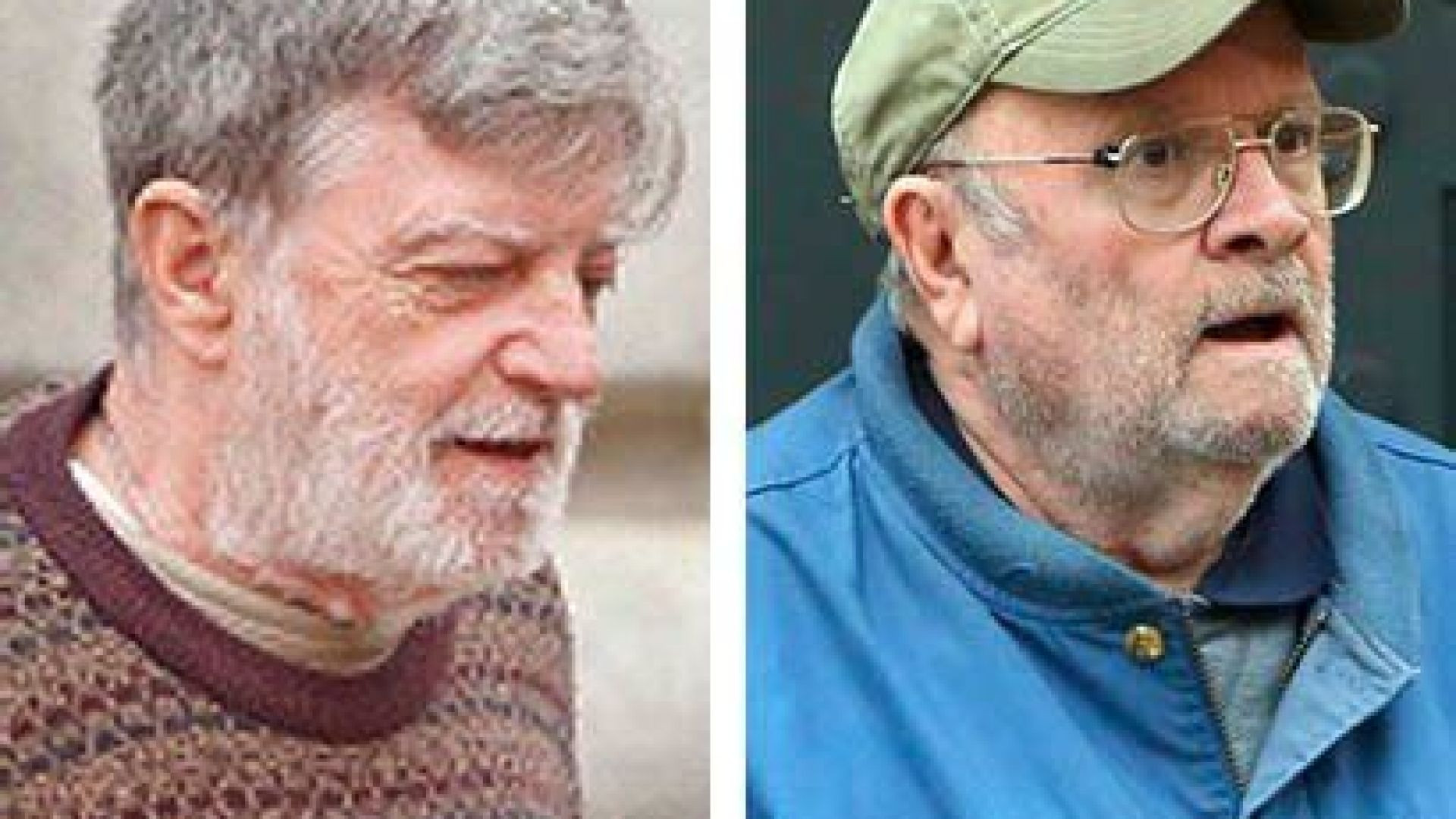
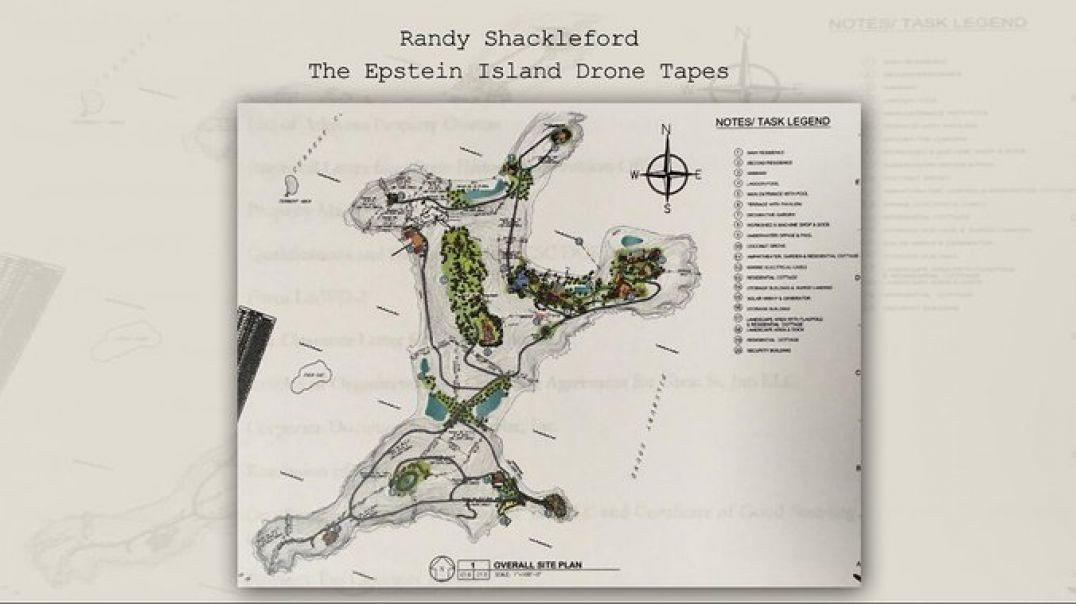
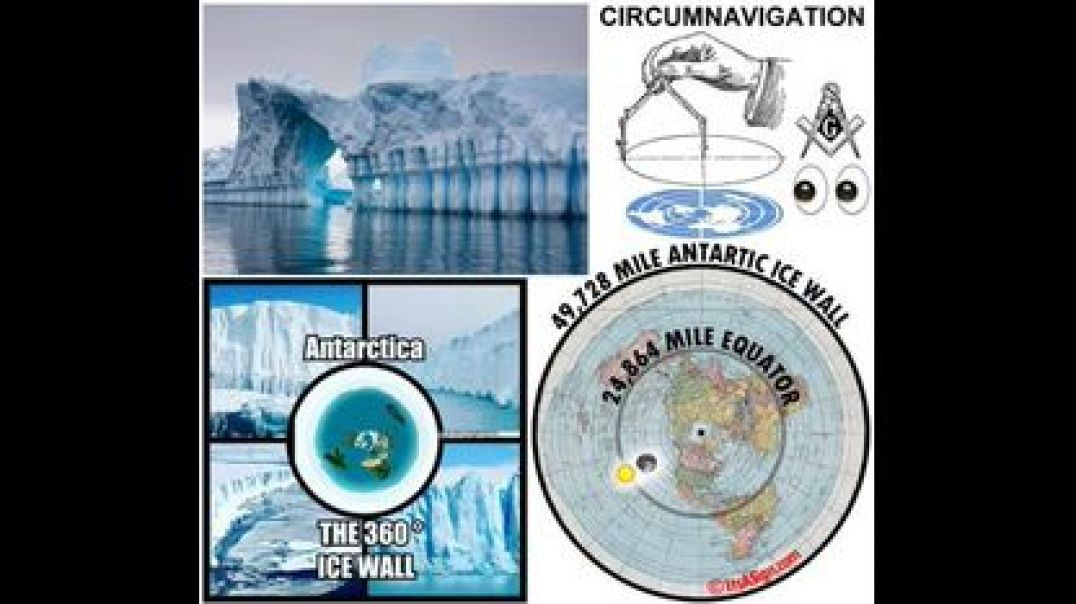
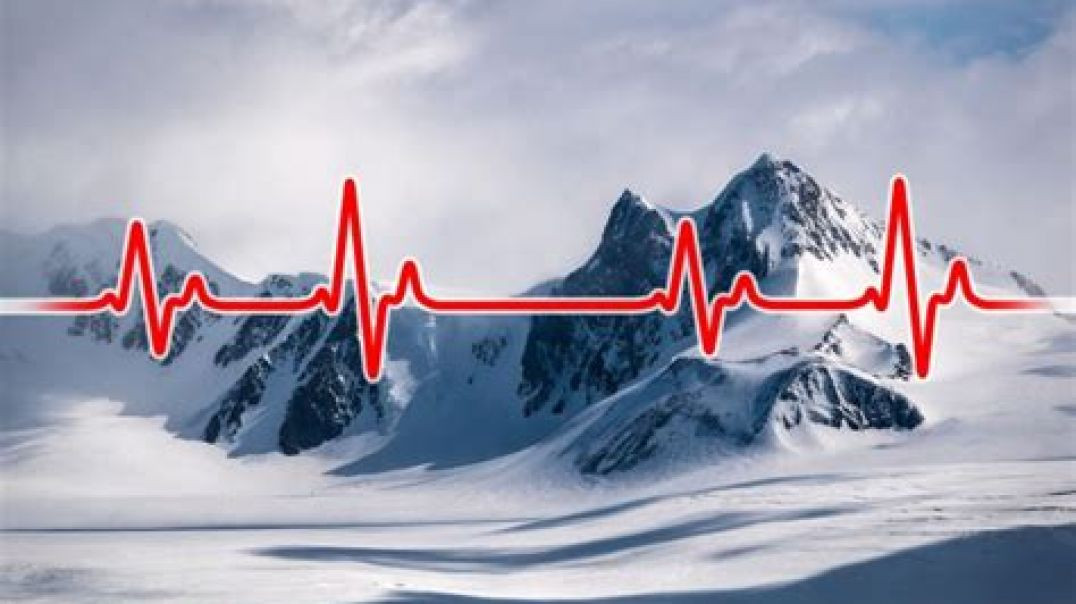

![WHY WAS THIS FOOTAGE SCRUBBED⁉️ [THE CHARLIE KIRK ASSASSINATION PSYOP GETS EVEN WEIRDER]](https://s3.us-central-1.wasabisys.com/altcast1/upload/photos/2025/10/G9MLX7TV4IDNnSmpqbuQ_10_cd182f27dc11c01a331b685142230cf8_image.jpg)
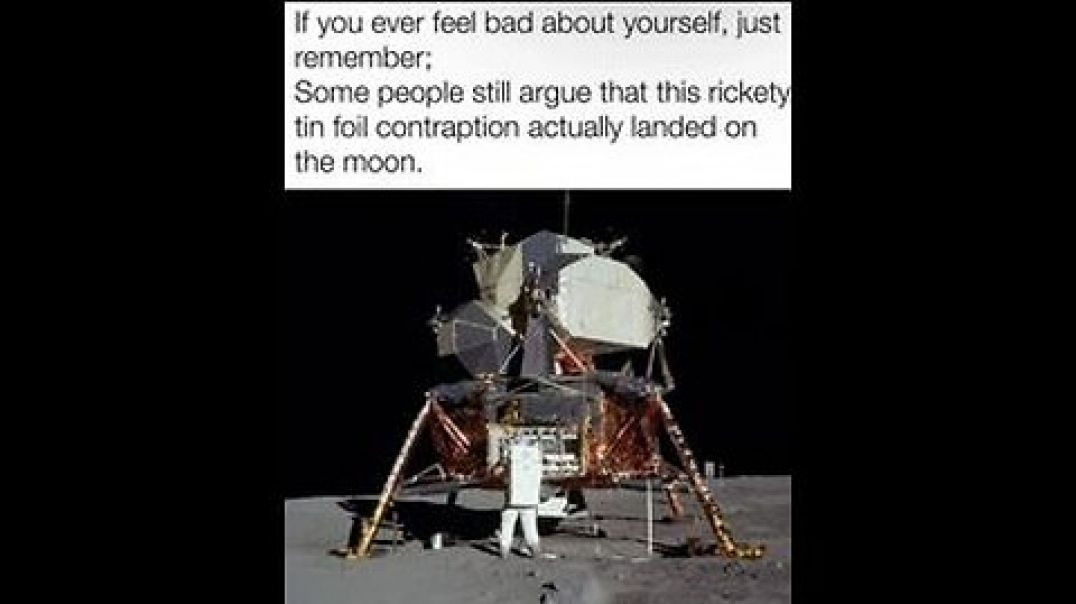
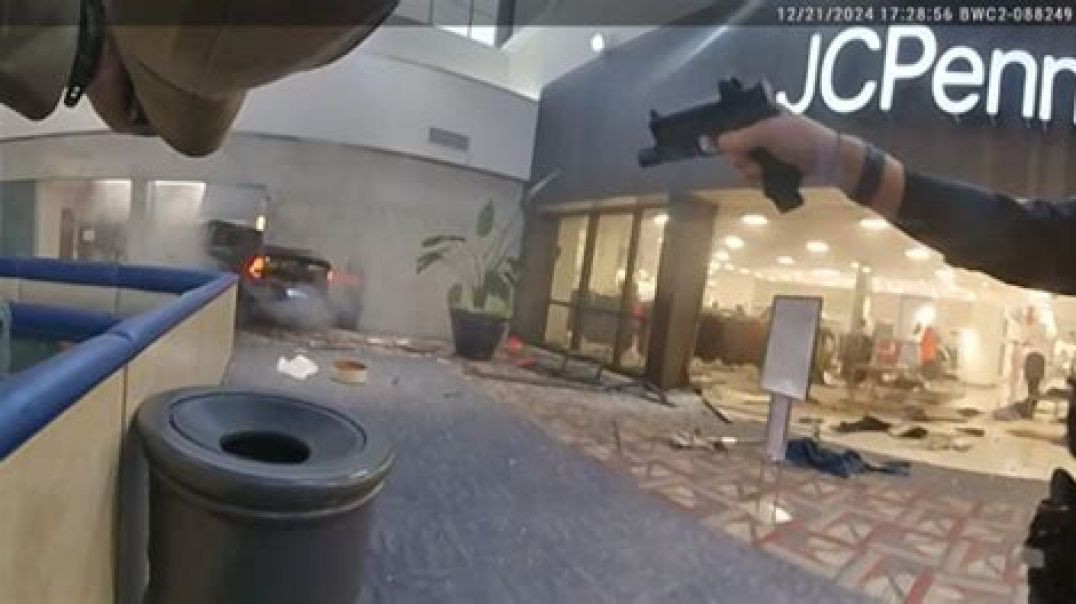
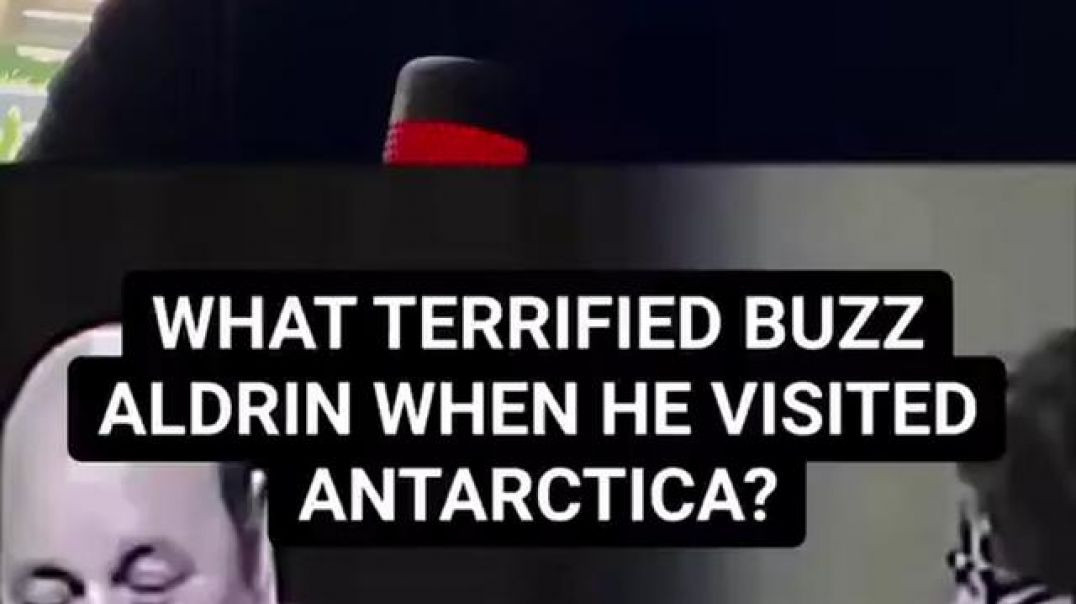
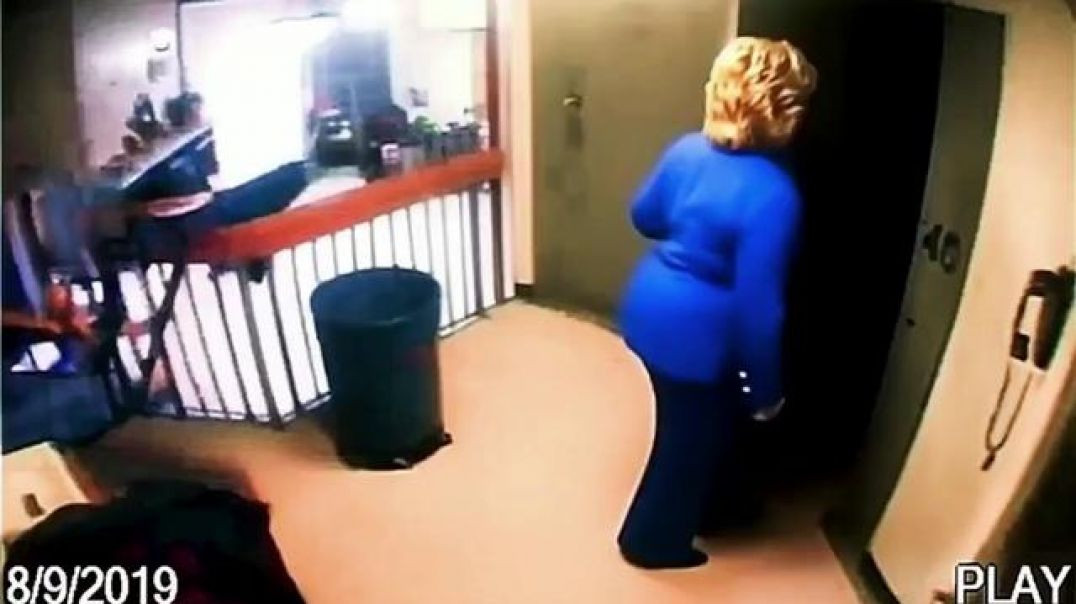
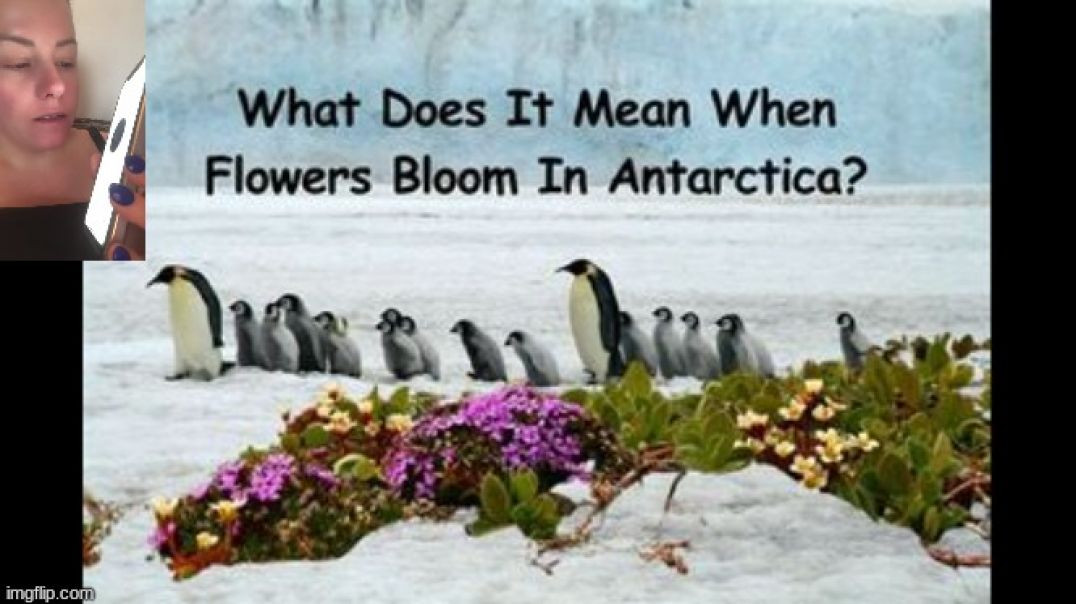
![WOKEAHONTAS GETS CURBSTOMPED 🥾 BY SCOTT BESSENT {SHAME AND RIDICULE ONES OPPONENTS - BONUS FOOTAGE]]](https://s3.us-central-1.wasabisys.com/altcast1/upload/photos/2025/06/pTWH624p3m2HJ9jbW1Tj_14_84a30f5744449697ca43af089d5a1bcb_image.jpg)
![MORE LAND 🏔 BEYOND ANTARCTICA [PUBLISHED TODAY]](https://s3.us-central-1.wasabisys.com/altcast1/upload/photos/2025/05/uNK5eY4ypN7d5nrHODGh_15_29aa1c190285c22bd52d82dbd9f9953b_image.jpg)
![RUMOURED FOOTAGE OF RECENTLY ARRESTED NEWARK MAYOR RAS BARAKA BODYSLAMMING❗ [BONUS SHAMING]](https://s3.us-central-1.wasabisys.com/altcast1/upload/photos/2025/05/TKn75vXA486rVuJyGwrg_13_dc5e3f1a470849f7dc27c90beb98f40e_image.gif)
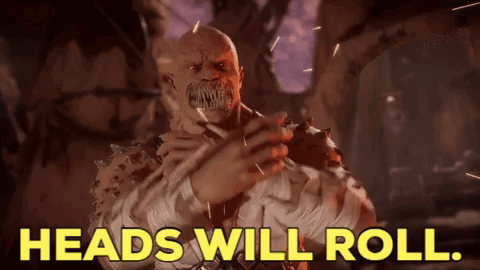
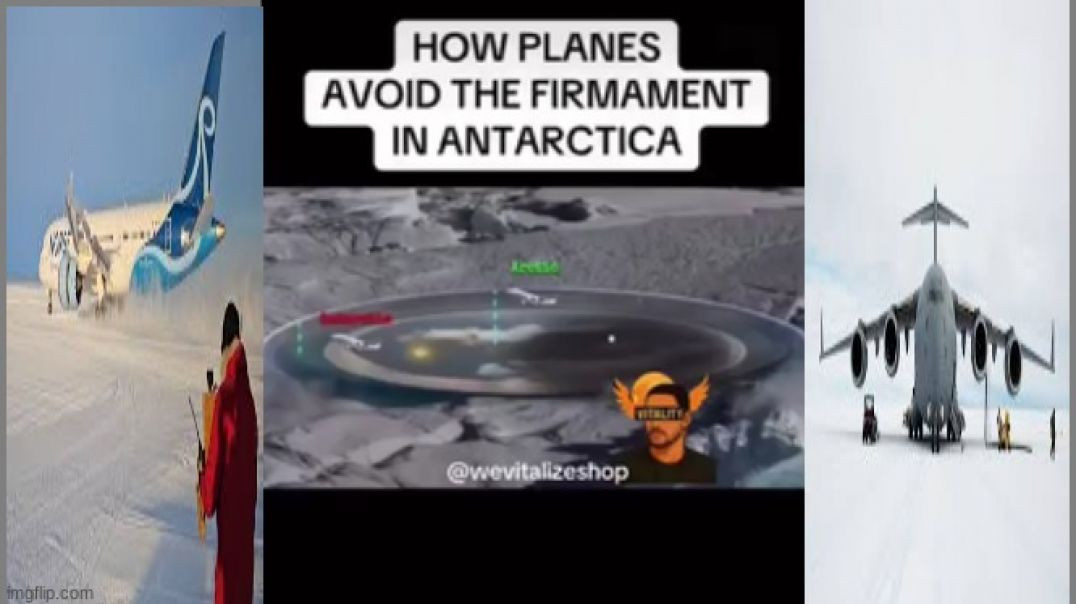
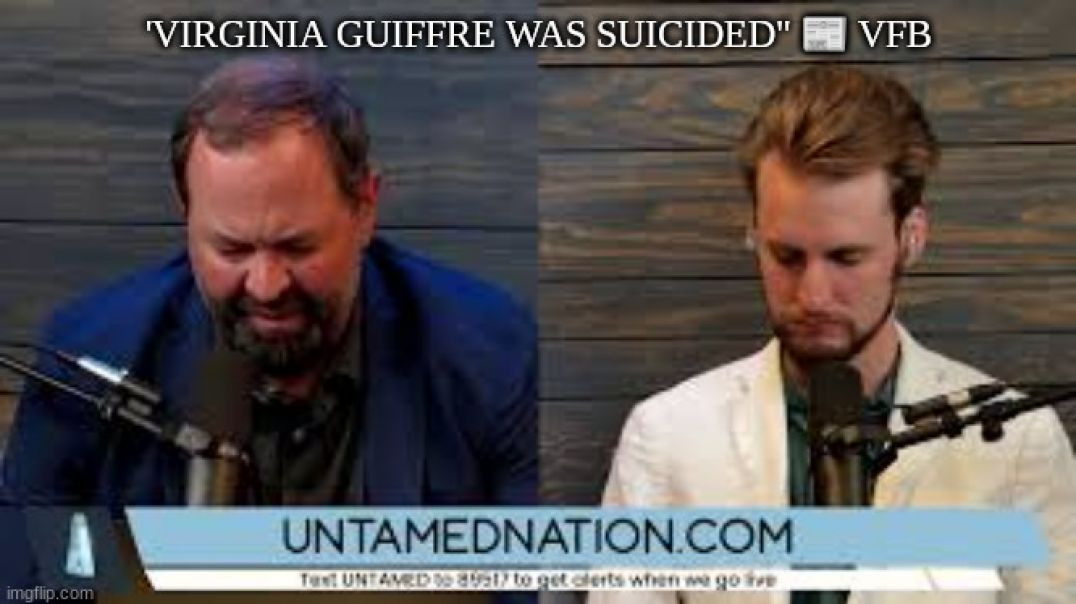
![A PLANE FLIES OVER ANTARCTICA BY THE ICE WALL 🏔 [AUTHENTICATED BY AI DEEPFAKE DETECTOR]](https://s3.us-central-1.wasabisys.com/altcast1/upload/photos/2025/04/O8SdPEX7MuehdBMK4bVj_15_dcf5706b8ac20c6da4454942d37fa8f3_image.png)
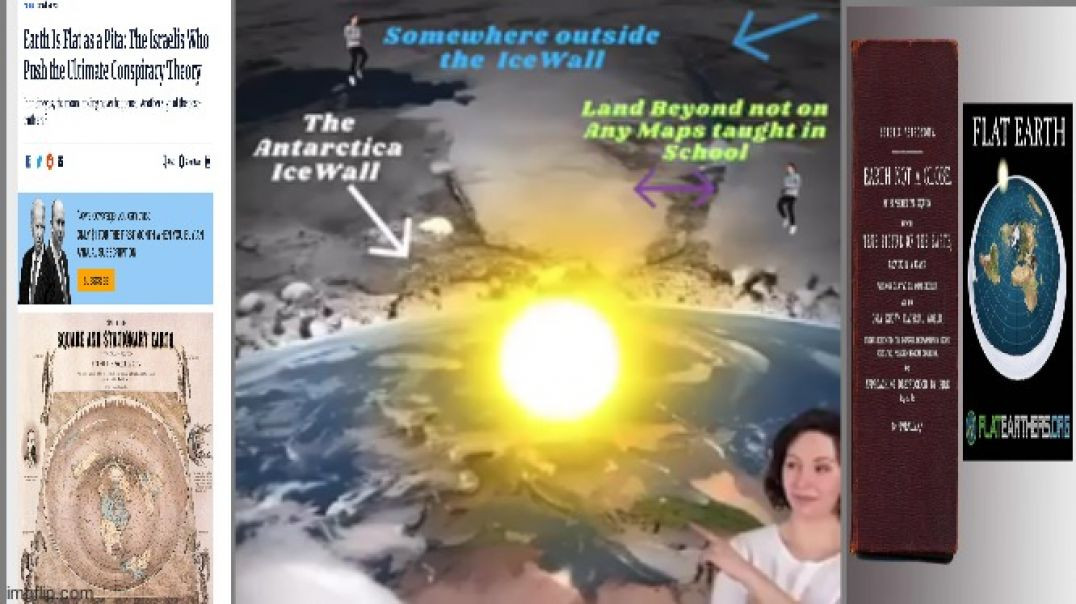
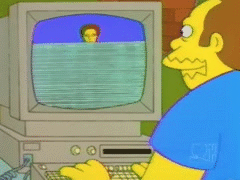
![BREAKINGː NEW FOOTAGE REVEALS EVERYTHING [RENEE NO GOOD ICE SHOOTING] 🚙💀 DAILY RIOT](https://s3.us-central-1.wasabisys.com/altcast1/upload/photos/2026/01/Cu34Q9YmWAnxSjjGu5r5_10_c697adace24372e444199876f7e25722_image.jpg)
